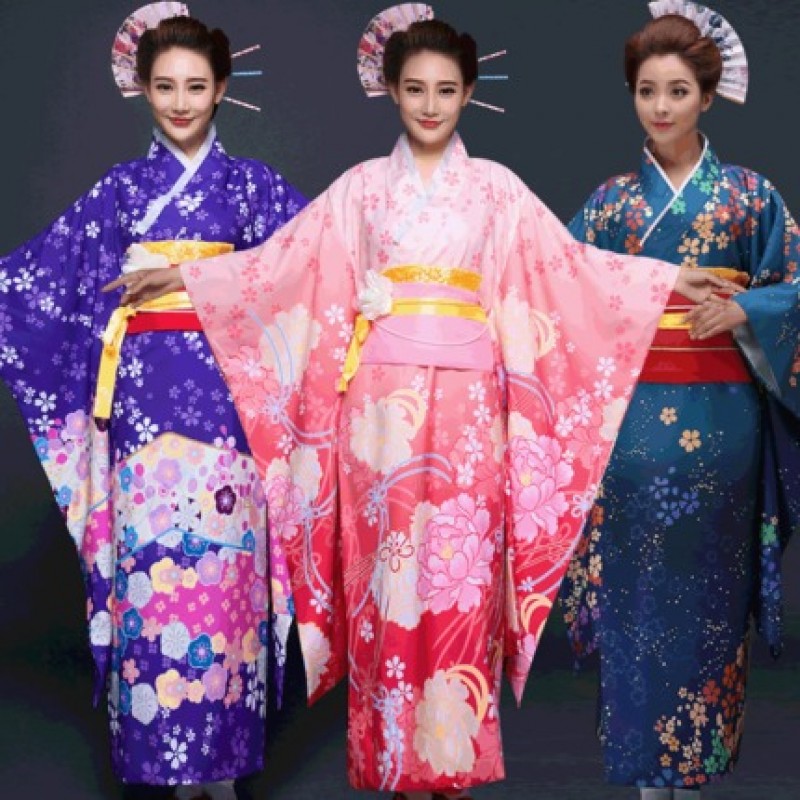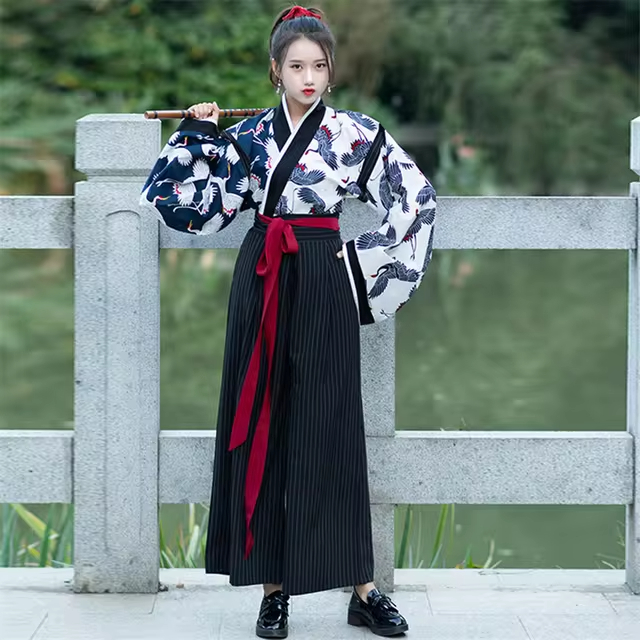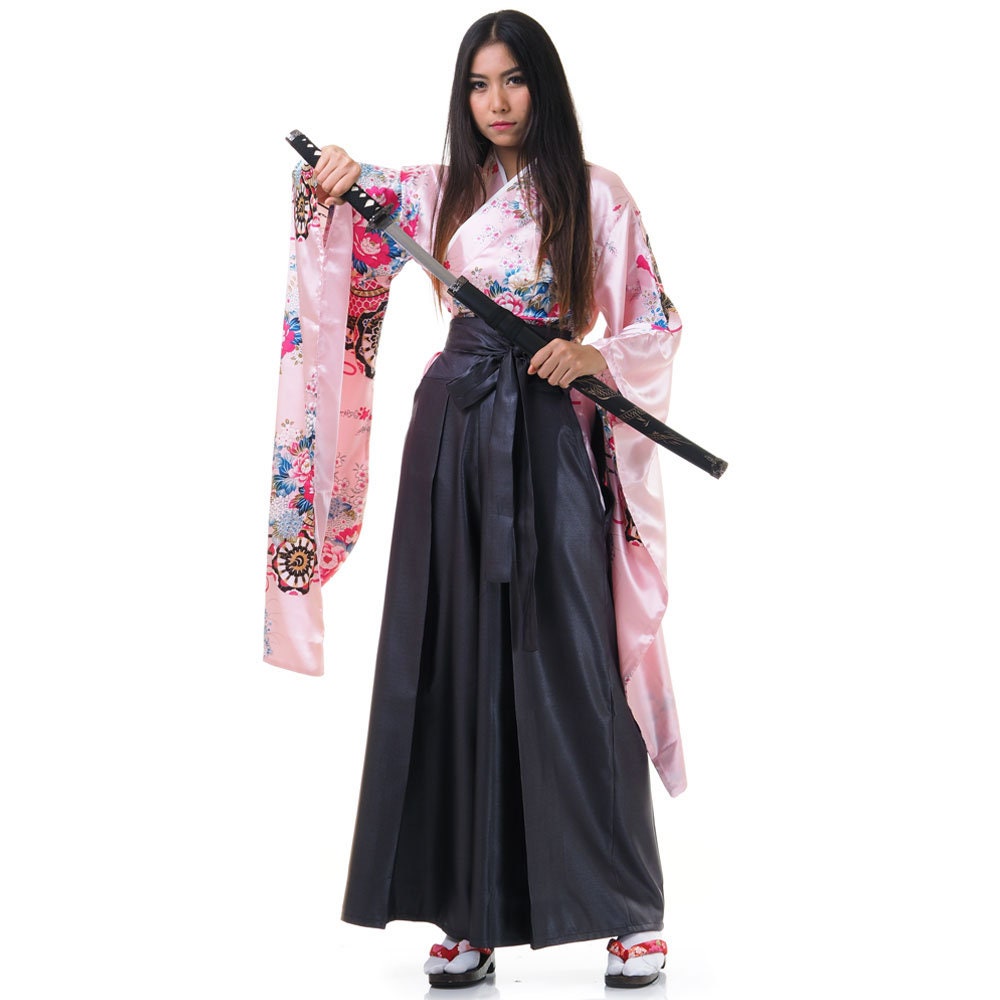Introduction to Ancient Traditional Japanese Clothing
Ancient traditional Japanese clothing for women is a captivating aspect of Japan’s rich cultural heritage, reflecting the history, artistry, and values of its society. Among the most recognized garments, the kimono stands out as an enduring symbol of Japanese identity. These intricately designed garments often feature elaborate patterns and vibrant colors that hold deep meanings, celebrating various aspects of life, nature, and art.
In this article, we will explore the evolution of ancient Japanese women’s clothing, delve into the significance of various garments, and examine the craftsmanship involved in creating these beautiful outfits. Understanding the historical context and cultural significance of these ancient traditional japanese clothing female garments enriches our appreciation of their timeless beauty.
The Evolution of Traditional Japanese Women’s Clothing
Historical Development
The ancient traditional japanese clothing female worn by women in Japan has evolved significantly over the centuries. Dating back to the Heian period (794–1185), early forms of clothing included the “junihitoe,” an elaborate layered garment worn by noblewomen. This style featured multiple layers and intricate patterns, reflecting the social status and wealth of the wearer.
As time progressed, the kimono emerged as the dominant style of clothing. During the Edo period (1603–1868), the kimono saw increased popularity due to advances in textile production and dyeing techniques. Different styles and forms began to develop, influenced by societal changes and shifting fashion trends. The introduction of the obi, a wide sash, further transformed the kimono’s appearance, allowing for creative expression and unique styling options.
Cultural Significance
The cultural significance of traditional Japanese clothing extends beyond mere aesthetics. Each garment often carries symbolic meanings related to seasons, occasions, and personal aspirations. For example, the colors and patterns of a kimono can signify auspiciousness or reflect the wearer’s life stage. Young girls may wear bright, playful designs during festivals, while married women often opt for more subdued shades.
Moreover, traditional clothing is often showcased in various cultural ceremonies, including tea ceremonies and weddings, reflecting the importance of rituals in Japanese society. These garments connect wearers to their heritage and foster a sense of identity, allowing individuals to display pride in their cultural traditions. By wearing ancient Japanese clothing, women can celebrate history and the customs that have shaped their existence.

Key Elements of Ancient Traditional Japanese Clothing
The Kimono: A Timeless Staple
The kimono is undoubtedly the most recognizable garment in traditional Japanese women’s clothing. This distinctive long robe is characterized by its T-shaped silhouette, wide sleeves, and intricate patterns. Kimonos are typically made from silk or cotton, and their designs may feature motifs inspired by nature, such as flowers, birds, and landscapes.
Kimonos are not just beautiful but also reflect the wearer’s personality and status. Special occasions often call for formal styles, known as “furisode,” featuring long sleeves and vibrant colors. Conversely, casual kimonos, or “yukata,” are lighter and often worn during summer festivals. This diversity within the kimono category showcases the garment’s adaptability, allowing it to suit various contexts and settings.
The Obi: Adding Elegance
Another crucial element of ancient traditional japanese clothing female is the obi, a decorative sash that holds the kimono together at the waist. The obi comes in various widths and styles, with some being quite ornate and others more understated. Elaborate obis can feature intricate embroidery or stunning patterns, enhancing the overall look of the kimono.
The way an obi is tied and styled also speaks volumes about the wearer’s taste and social status. Different knots, like the “taiko” or “nagoya” knots, are used for various occasions, each requiring specific techniques. This added layer of detail highlights the artistry of traditional Japanese clothing design, where even the smallest elements contribute significantly to the overall elegance and aesthetic appeal.

Craftsmanship Behind Ancient Traditional Clothing
Textile Production and Techniques
The creation of traditional Japanese clothing requires skillful craftsmanship, especially in textile production. Many ancient fabrics were handwoven, involving intricate techniques like silk weaving and dyeing. One popular method is “yukata,” where fabrics are dyed using a resist-dyeing technique called “shibori.” This process results in intricate patterns and textures that enhance the garment’s beauty.
Moreover, artisans are devoted to perfecting their craft, often passing techniques down through generations. This dedication to craftsmanship is evident in the quality of the final products, as attention to detail remains a hallmark ofancient traditional japanese clothing female. The interplay between artistry and skill underscores the cultural value of these garments, making them treasured pieces of history.
Symbolism in Patterns and Colors
The patterns and colors used in traditional clothing are also laden with symbolic meanings. For instance, cherry blossoms often represent the fleeting nature of life, while cranes symbolize longevity and good fortune. Understanding these symbols allows wearers and admirers to appreciate the deeper connections to nature, spirituality, and cultural heritage.
The choice of colors plays a significant role as well, with each hue reflecting various aspects of life. For example, red is often associated with happiness and good luck, while white represents purity. By selecting specific colors and patterns, individuals link their clothing to significant occasions or personal narratives, further enriching the garment’s meaning and significance.

Wearing Ancient Traditional Clothing Today
Modern Interpretations
While traditional Japanese clothing remains deeply rooted in history, modern designers often reinterpret these styles for contemporary fashion. Many designers incorporate traditional elements into their collections, creating fusion pieces that allow for both traditional and modern aesthetics. This blending of styles has made ancient clothing more accessible, appealing to a younger generation interested in cultural fashion.
Moreover, various events and festivals celebrate these traditional garments, ensuring that they continue to be relevant in modern society. Fashion shows, cultural festivals, and special occasions highlight the beauty and artistry of ancient clothing, allowing it to evolve while retaining its core values. This ongoing dialogue between tradition and modernity fosters a greater appreciation for Japan’s rich cultural heritage.
Respecting Cultural Heritage
When wearing ancient traditional Japanese clothing, it is essential to do so with respect for its cultural significance. Understanding the values, history, and symbolism behind these garments allows individuals to appreciate their aesthetic beauty while honoring their heritage. This respect is vital, especially in a world where cultural appropriation can sometimes overshadow genuine appreciation.
Participating in events or ceremonies where traditional clothing is celebrated provides an opportunity for deeper engagement with Japanese culture. By learning about the craftsmanship, history, and meanings associated with these garments, wearers can embody a sense of pride and respect for the traditions from which they stem. This cultural exchange fosters greater understanding and connection across diverse communities.
Conclusion
Ancient traditional Japanese clothing for women is a vibrant tapestry woven into the fabric of Japan’s cultural identity. From the elegant kimono to the intricate obi, these garments tell stories of history, artistry, and personal expression. Appreciating the craftsmanship, symbolism, and evolution of these pieces enhances our understanding of their significance in contemporary society.
As modern interpretations of traditional clothing continue to emerge, it is crucial to respect and honor their roots. By engaging with these garments and their meanings, individuals can celebrate the rich heritage of Japan while encouraging cultural appreciation and dialogue. Embracing ancient traditional clothing allows for a connection to the past, revealing the beauty, complexity, and enduring relevance of cultural attire.
